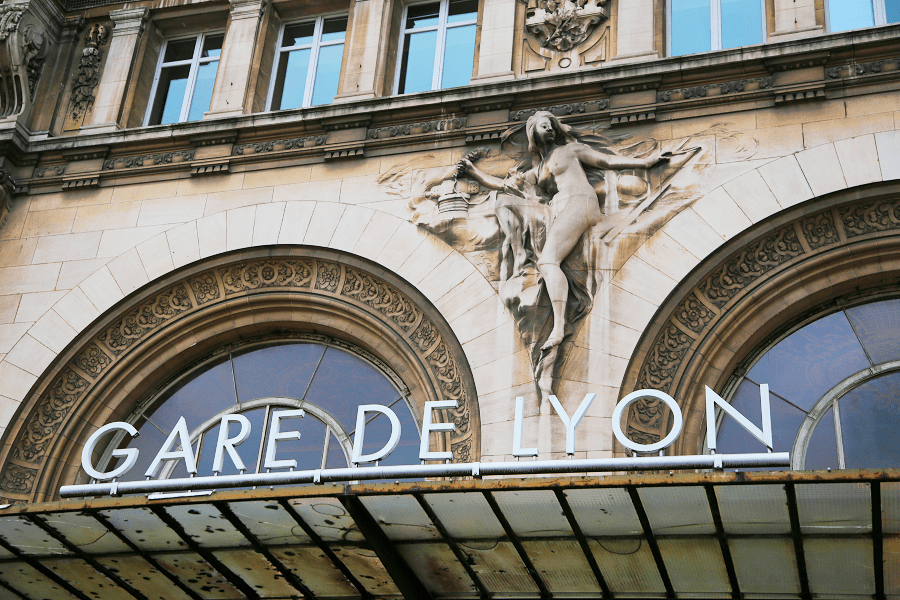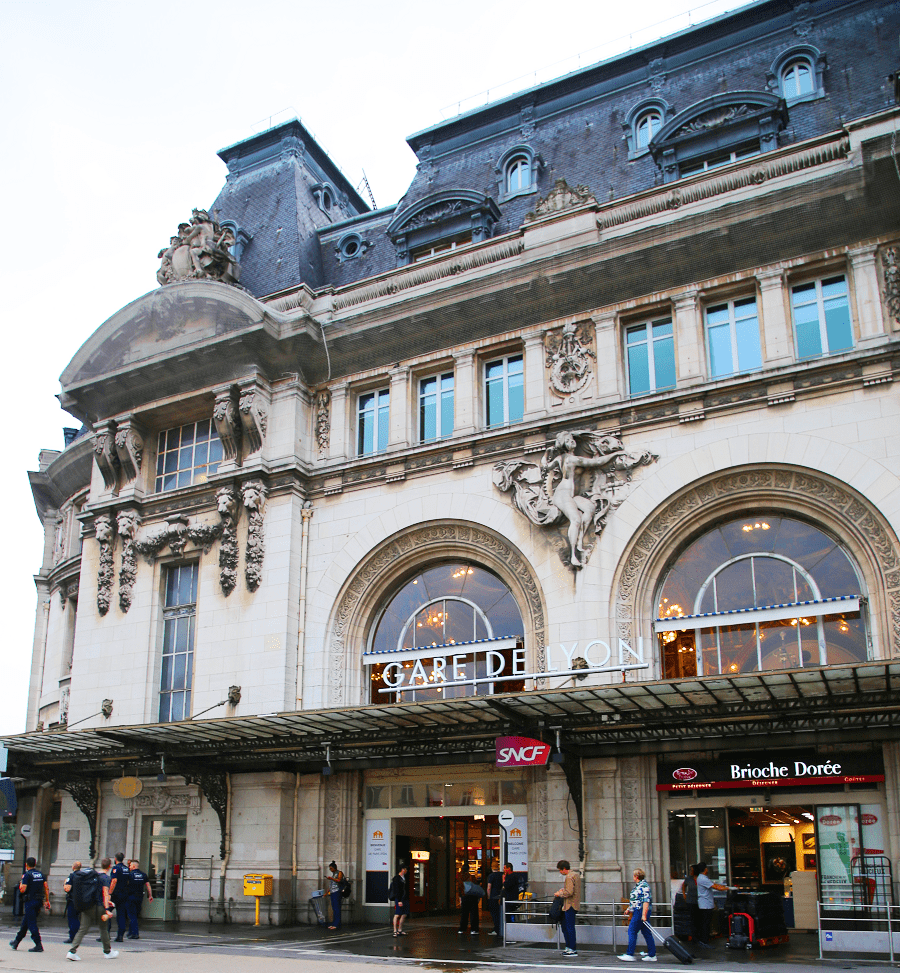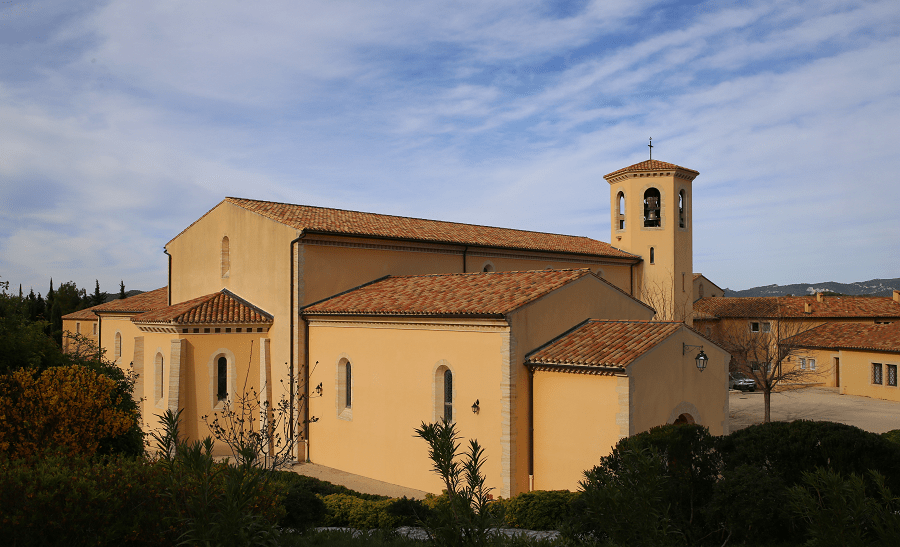Paris-Gare-de-Lyon is one of the 7 major terminal stations of the SNCF network in Paris (France). It is also a station on the Île-de-France RER network.
Often called simply Gare de Lyon, it is located in the 12th arrondissement, mainly in the Quinze-Vingts district, with the southeast of the tracks and platforms being located in the Bercy district. It is the second station in Paris in terms of traffic (109.9 million passengers in 2018), and the second in terms of mainline trains (31.8 million, TGV included, behind Gare du Nord).
Gare de Lyon is the head of the TGV line to the south-east of France (Bourgogne-Franche-Comté, the former Rhône-Alpes region and the Mediterranean coast) as well as neighboring countries in these regions. The main cities served are Belfort and Montbéliard, Besançon, Mulhouse, Dijon, Le Creusot, Mâcon, Lyon, Saint-Étienne, Grenoble, Valence, Annecy, Bourg-en-Bresse, Bellegarde-sur-Valserine, Thonon-les-Bains, Évian-les-Bains, Chambéry, Modane, Bourg-Saint-Maurice, Saint-Gervais-les-Bains, Avignon, Marseille, Toulon, Nice, Montpellier, Nîmes and Perpignan. It also allows connections with Geneva, Lausanne, Basel and Zurich in Switzerland, with Turin and Milan in Italy, with Girona and Barcelona in Spain.
It is also a station in the Transilien network providing service to the South-East of the Paris region with line R of the Transilien (lines Paris-Montereau via Héricy, Paris-Montereau via Fontainebleau and Moret and finally Paris-Montargis).
An underground station, common to the RATP and the SNCF, is built under rue de Bercy. It is served by RER lines A and D and offers a connection with metro lines 1 and 14.
The main entrance, on Place Louis-Armand, overlooks Rue de Lyon, which leads towards Place de la Bastille, and Boulevard Diderot.
By 1900, in time for the 1900 World’s Fair, a new thirteen-track Gare de Lyon building was constructed, designed by the Toulon architect Marius Toudoire and decorated with a large fresco by the Marseille artist Jean-Baptiste Olive, depicting some of the cities to which one could take a train from this station. It was inaugurated on 6 April 1901 by Émile Loubet, president of the Third Republic.
On multiple levels, it is considered a classic example of the architecture of its time. Most notable is the large clock tower atop one corner of the station, similar in style to the clock tower of the Palace of Westminster, home to Big Ben.
The station houses the Le Train Bleu restaurant, which has served drinks and meals to travellers and other guests since 1901 in an ornately decorated setting.
Address: Place Louis-Armand 75571 Paris Cedex 12.
See more:

















